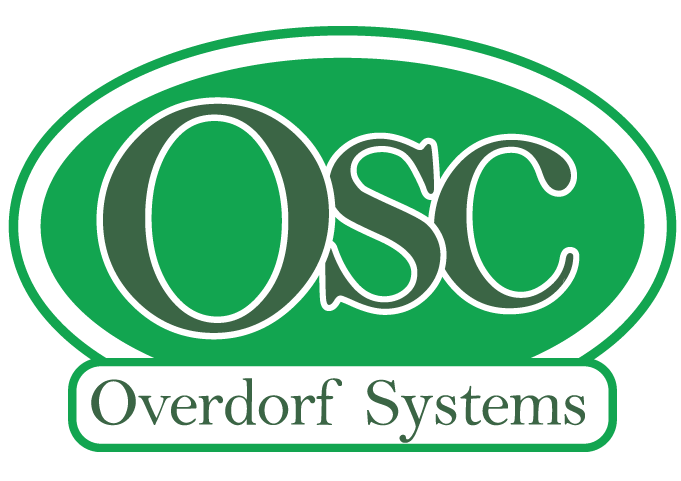Since the advent of first generation of automated surveillance solutions, the foundational data architecture of enterprise wealth management organizations has evolved from a set of rigidly siloed isolated activities to shared data capabilities utilizing tools like data hubs and deep integrations. The first generation of surveillance solutions essentially ran in parallel to other functional systems (e.g., compensation, books & records.) The next generation surveillance systems are designed to fully participate in the new shared data architecture.
This design results in:
Improved data capture and normalization, Next generation systems support deep integrations of data and application processes. Data can be shared easily from its original source application and a greater proportion of data can be captured without requiring extensive modification or conversion.
Better data quality. Simplification of data capture results in better quality since the creation of data specifically for the isolated consumption by surveillance or supervision systems is eliminated and, depending upon the solution, the vast majority of supplemental data requests and the need to manage supplemental reports or documentation outside the solution are eliminated.
The next generation surveillance systems are designed to fully participate in the new shared data architecture.
Simplified implementation and cost of ownership. Eliminating most of the data prep that challenged, and often overwhelmed, legacy solutions results in a faster, less expensive, more accurate conversion. Unfortunately, firms discovered that these legacy system conversion costs became an on-going burden. Keeping up with changes to solutions upon which they are dependent for data, or having to add data from other sources was, just as resource intensive and time consuming as the initial conversion.
Greater Rule Library flexibility with simplified rule building Legacy solutions relied upon bespoke rule development. Creating new rules or modifying current rules required the ingestion of new data or data sources – a process constrained by the architecture of legacy systems. The next generation systems have greater elasticity in both areas. Next generation systems provide a library of “out of the box” rules as well as the ability for compliance personnel to modify or develop new rules on their own.
Better analytical capabilities. Legacy systems were developed to identify exceptions. They were not tuned to reviewing multiple data sources or to establishing firm benchmarks or trends. The breadth of data analysis that is available in next generation systems provides these tools.
More affordable for firms
Overall, new generation solutions are less expensive than the legacy solutions and have made adoption more affordable whether replacing an existing legacy solution or converting from manual processes. All of the next generation solutions are less costly to implement and maintain than legacy solutions.
Increased decision quality, standardization of processes and decision-making, reduction in false positive surveillance activity, faster approvals and reduced manual and exception processing further reduce the total cost of ownership.
Differences between individual solutions have significant impact on the total cost of ownership which we will discuss in our last chapter.


